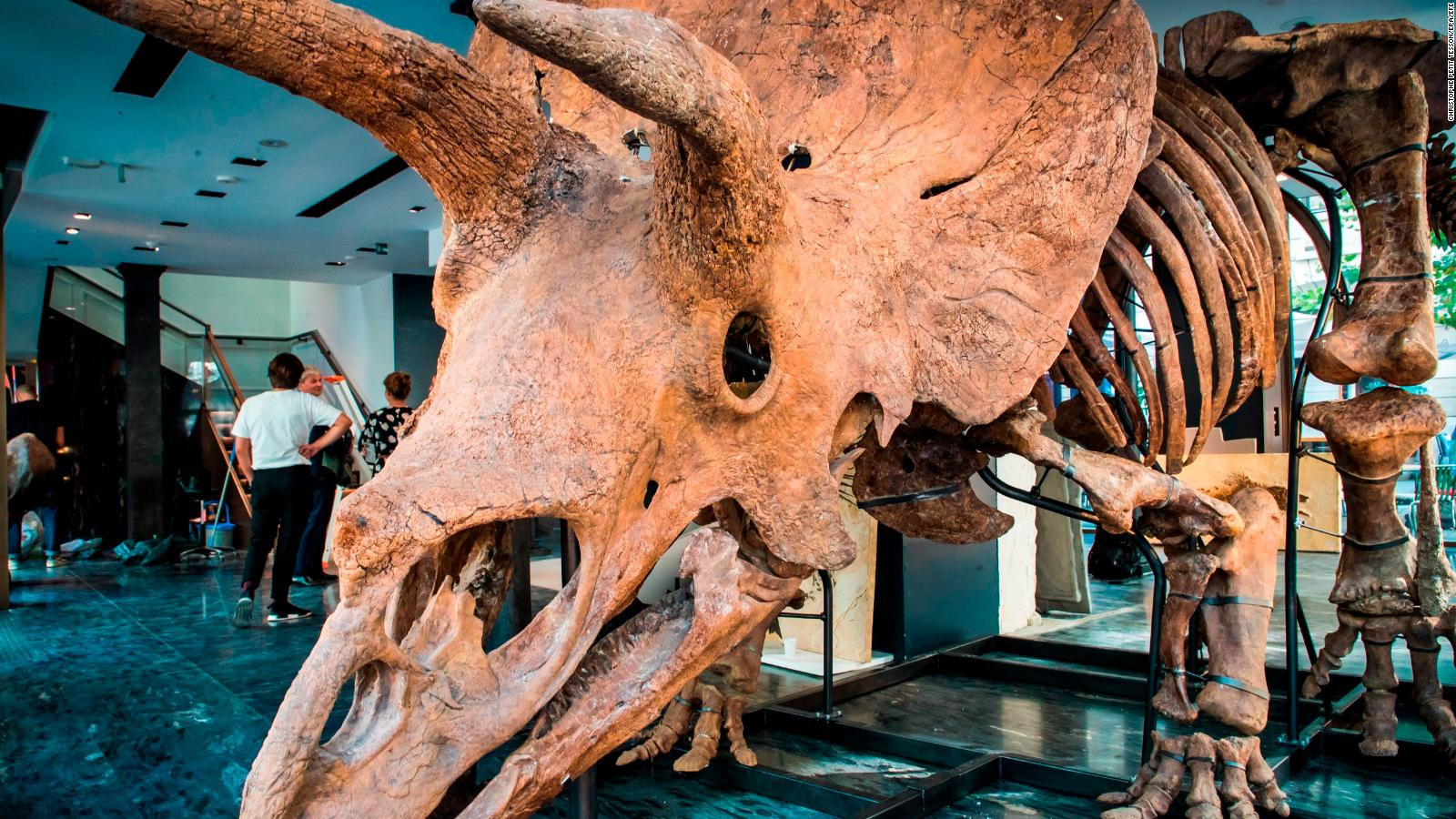In the 16th century, a remarkable discovery in a small European village captivated the world: the bones of an extinct dragon. This extraordinary find not only fueled myths and legends but also sparked significant scientific interest, transforming the way we perceive these mythical creatures. This article delves into the historic discovery, its global impact, and the ongoing fascination with dragons.

The Unveiling of the Dragon Bones
In 1572, in the village of Klagenfurt, Austria, local miners unearthed a massive skeleton while working in a limestone quarry. Initially believed to be the remains of a legendary dragon known as the “Lindwurm,” the bones were meticulously excavated and displayed in the town square, drawing crowds from far and wide.

Scientific Curiosity and Debate
The discovery of the dragon bones generated intense scientific curiosity and debate. Scholars and naturalists from across Europe traveled to Klagenfurt to study the remains. The bones, measuring over 30 feet in length, featured elongated vertebrae, massive ribs, and a fearsome skull with long, sharp teeth.
Many 16th-century scientists were divided on the origins of the bones. Some believed they were the remains of a long-extinct species of dragon, while others argued they belonged to a giant prehistoric creature. This debate laid the groundwork for future paleontological studies and the eventual understanding of dinosaurs.

Cultural Impact and Mythology
The discovery of the dragon bones had a profound cultural impact. Tales of dragons had been a part of folklore for centuries, and the bones provided tangible “evidence” of these mythical beasts. The find reignited interest in dragon mythology, inspiring art, literature, and folklore across Europe.
Artists and writers of the time depicted dragons in various forms, blending scientific observations with imaginative interpretations. The bones of the Lindwurm became a symbol of Klagenfurt, and the town erected a statue in its honor, which still stands today.
Modern Interpretations
In modern times, the dragon bones of Klagenfurt have been re-examined with advanced scientific techniques. Paleontologists now believe that the bones likely belonged to a woolly rhinoceros, an extinct species that roamed Europe during the Ice Age. This conclusion, however, does not diminish the historical and cultural significance of the discovery.
Ongoing Fascination with Dragons
The story of the 16th-century dragon bones continues to captivate imaginations worldwide. Dragons remain a popular subject in contemporary culture, from literature and movies to video games and television shows. The enduring allure of these mythical creatures highlights humanity’s fascination with the unknown and the mysterious.





